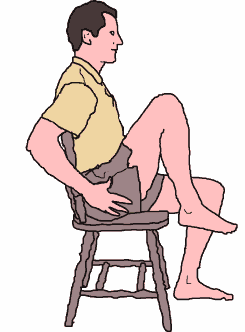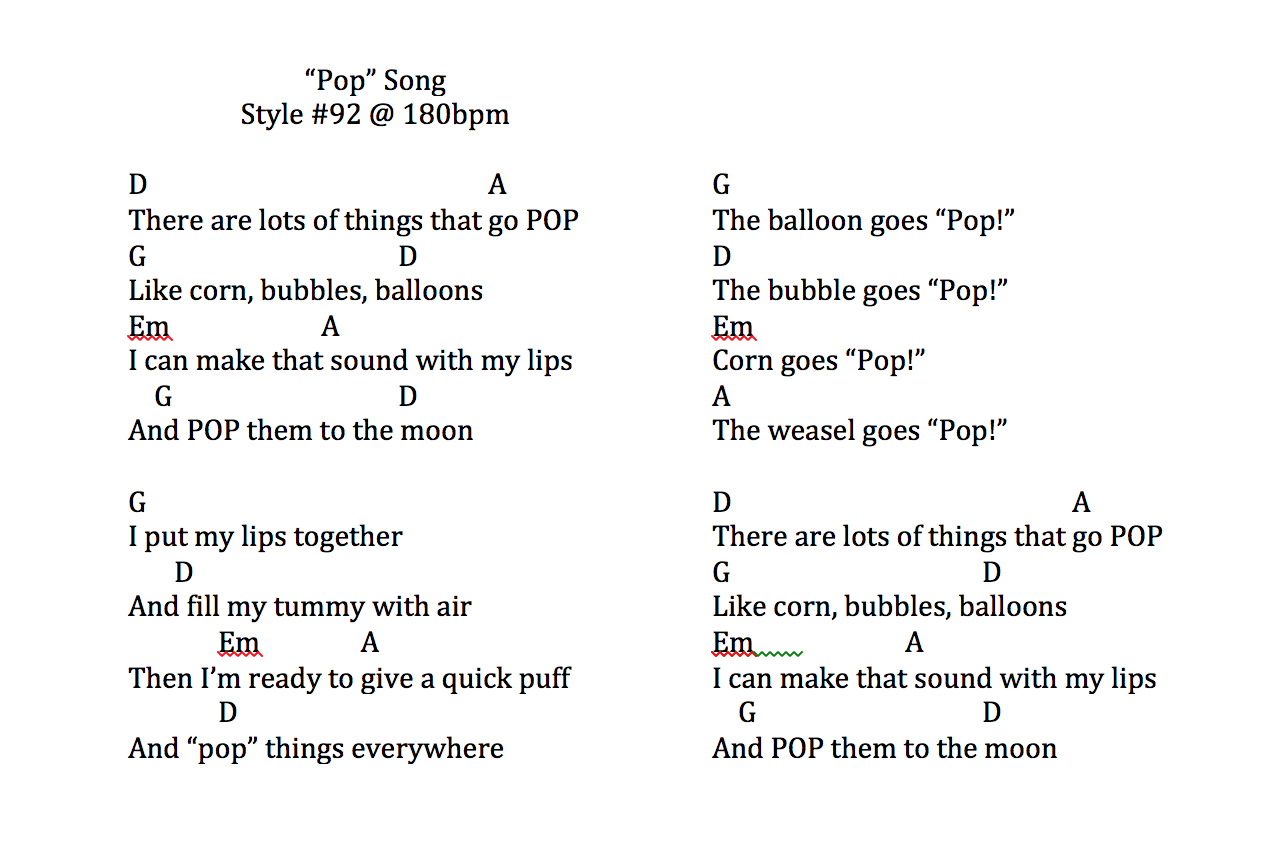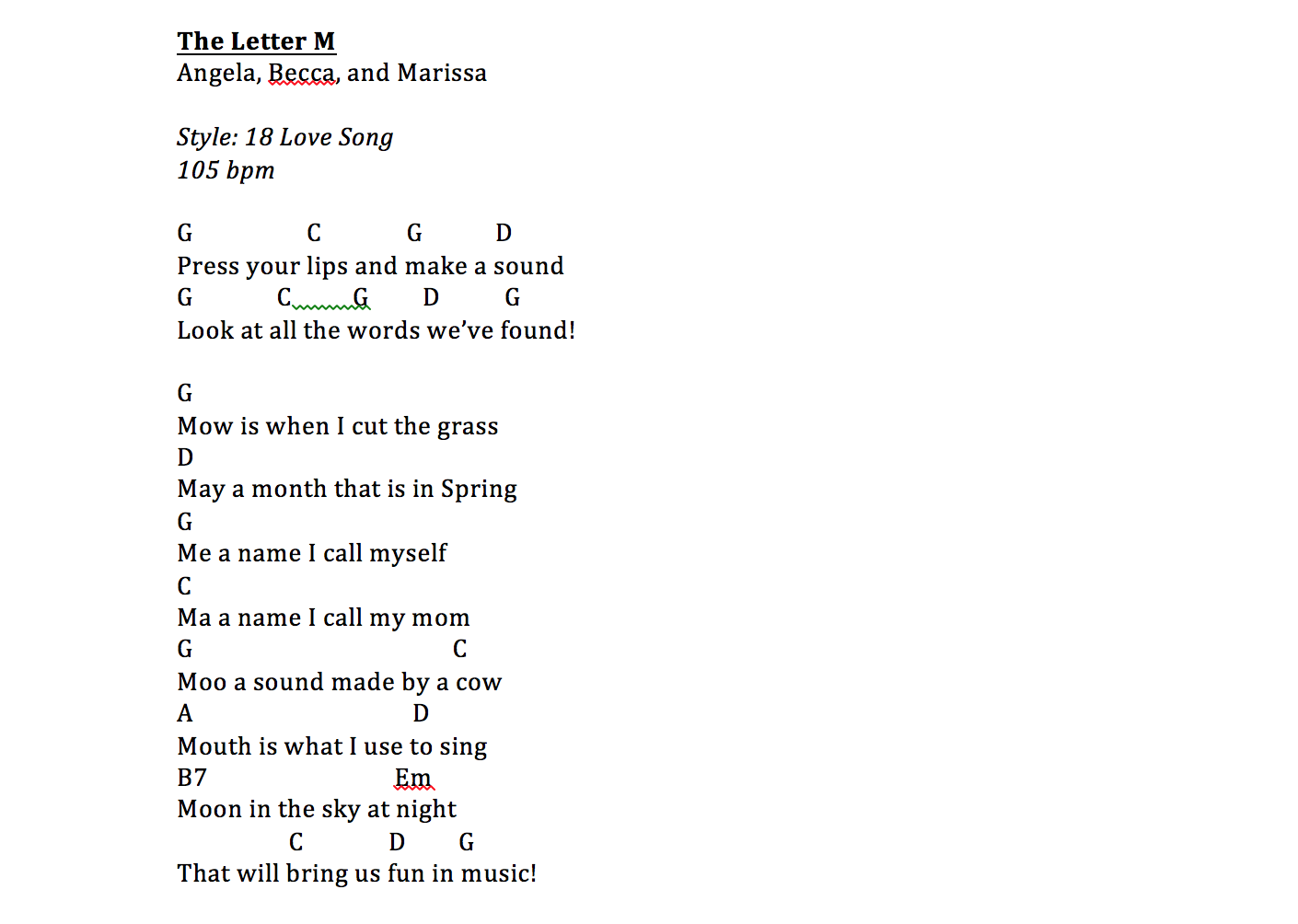A season of Rock Stars!
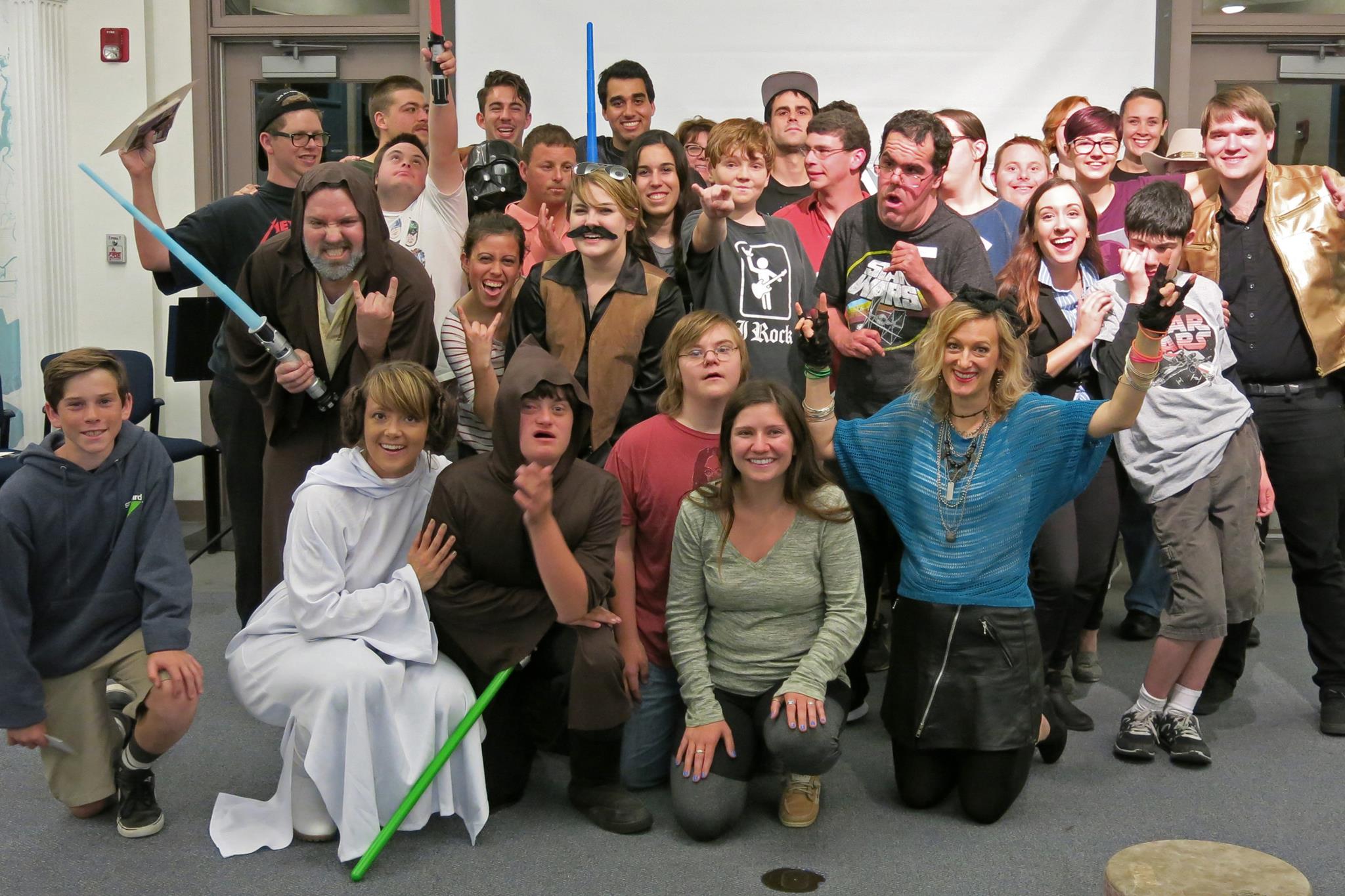
This past week, Banding Together’s Spring season of Jam Sessions came to a bittersweet end. Throughout the past 5 months of being an intern, Jam Sessions became one of my weekly highlights and I will treasure some very special moments and memories from my first season being a mentor with Banding Together.
This Jam season I learned to watch, listen, and learn (in that order!). I truly learned so much from observing the mentors/volunteers interact with and encourage participants as well as from participants being genuine friends to one another. In my experience as an intern, so often I am jumping into things – taking leadership and problem solving – that this experience proved to be a very important opportunity for me to sit back and learn from watching others. The patience, wisdom, and gentle, humble leadership I observed in other mentors taught me to be more aware of myself and to consistently encourage clients to be the absolute best they can be.
Another highlight from this season, was having the privilege of seeing participants experience such excitement and sheer joy when Jason Mraz performed as a Guest Musician. This was such a special night of sharing in music with someone who has touched the world with his message and gift. Thank you, Jason!
Lastly, Jam Sessions proved to be a complete blast! The dance moves, the drum circle grooves, the action leader skills, personalities shining through with solos or at the mic, the relationships deepened and laughs shared… for me it was a true expression of the power and joy of making music with others.
On a final side note, Chiara and I thoroughly enjoyed ourselves while taking the “Dress up as your favorite rock star!” prompt to heart. Enjoy these pics of us as Jelena (Justin and Selena), Sonny and Cher, and Billary (Bill and Hillary). (Oh, the many perks of being an intern!)
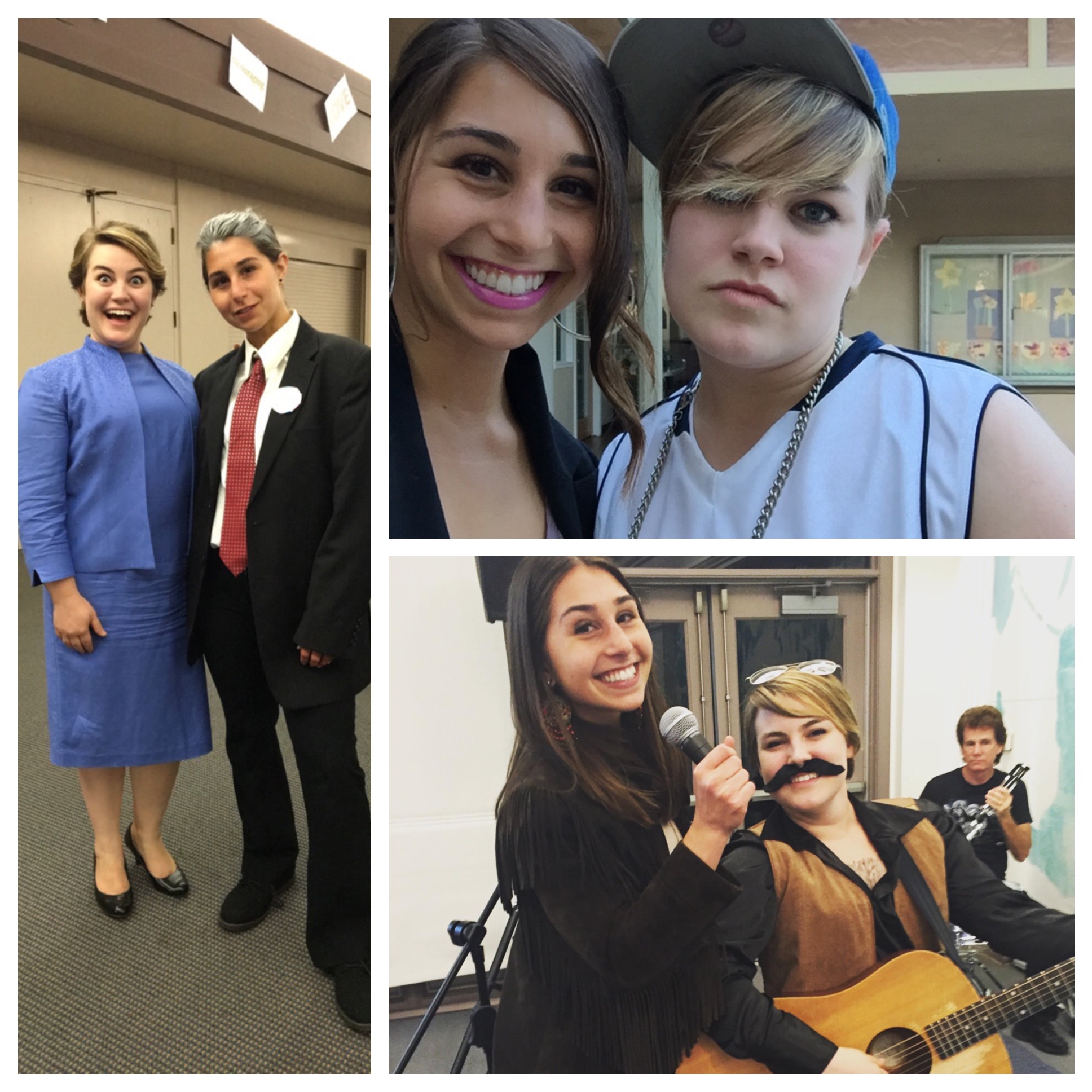
That’s a wrap for our Spring session – here’s to another great one this fall!
Cheers!
-Marissa
